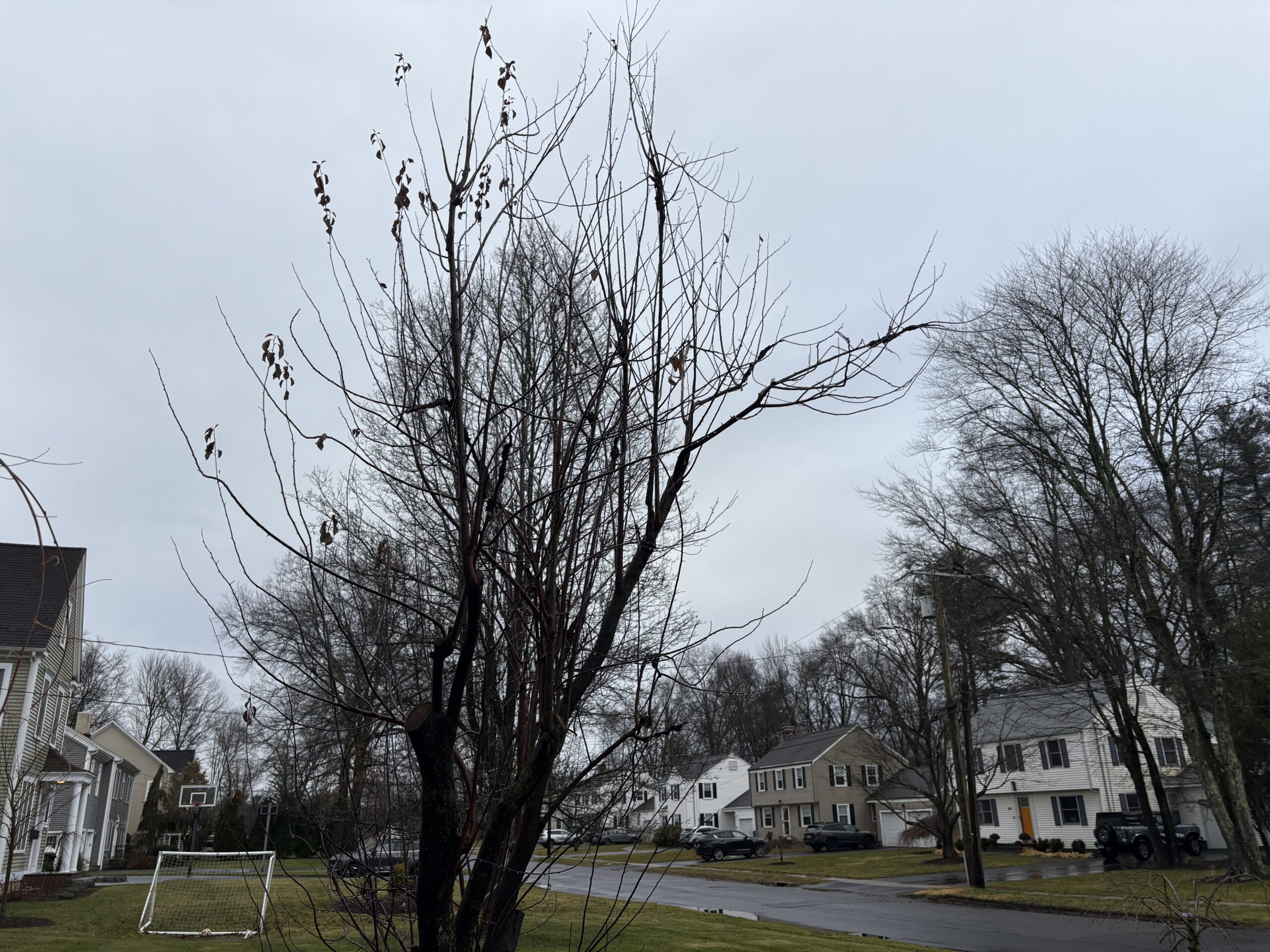New Data: Black and Hispanic Residents Are Disproportionately Impacted

Audio By Carbonatix

Connecticut Supreme Court. Photo credit: Christine Stuart, CTNewsJunkie.com (file photo)
Chief State’s Attorney Richard Colangelo said the data can be used to help create new laws and transform the criminal justice system.
By Lisa Backus, CTNewsJunkie.com
Black and Hispanic residents are being disproportionately impacted by the state’s criminal justice system, according to data released Tuesday as part of a 2019 prosecutorial transparency law.
The 2019 law requires state officials to gather and report the data. Officials say it’s what they will do with the information next that’s important.
“The data can help create new laws and policies and transform the way offenders are punished or rehabilitated so that we in the criminal justice system can advance equity and improve safety and health across our communities,” Chief State’s Attorney Richard Colangelo said in the 40-page presentation on the information made to the Criminal Justice Commission.
The data indicates that Black and Hispanic residents were overrepresented compared to whites in the disposition of cases in 2019 and that Blacks disproportionately face felony charges compared to whites and Hispanics.
Blacks made up 28% of the dispositions in criminal cases in 2019 but only make up 11% of the state’s population, the report said. Hispanics made up 26% of the 2019 case dispositions but make up 17% of Connecticut’s population. Whites made up 43% of the 2019 dispositions but make up 67% of the population, the figures indicate.
Blacks were also more likely to have their cases resolved with felony charges compared to whites who more often resolved their cases with misdemeanor charges, the report said.
It didn’t come as a surprise, since Blacks and Hispanics are overrepresented in the state’s prison system, officials said. But the newly released data can have an impact on how resources are applied to correct the disparities, said Marc Pelka, Undersecretary of Criminal Justice for the state Office of Policy and Management which drafted the report.
“Prosecutors have enormous influence over the outcome of cases,” Pelka said. “The hope is that now that we have done the baseline analysis we can move on to the more advanced analysis such as looking at the reasons for the disparities.”
Pelka called the release of the data a “landmark” day for prosecutorial transparency in state’s criminal justice history. Pelka’s office was required by the 2019 law to gather data on arrests and adjudications including racial and ethnic information. The data is then provided to the state’s Criminal Justice Commission and legislators annually.
The information released Tuesday was culled from 300,000 lines of data from the Judicial Branch involving 124,493 cases which involved about 81,133 individuals. Federal Bureau of Investigation Uniform Crime reports were also used for some data, OPM officials said.
The Division of Criminal Justice which includes all prosecutors for the state’s 13 Judicial Districts and 20 Geographical Area courts is about to bring online an electronic case management system. Until the entire system is up and running, the courthouses use paper files which could not be used for the purposes of gathering the data for the report.
In subsequent years, OPM will be able to use the case management to gather the information, officials said.
The data included information on the Judicial Districts which dealt 62%t of the state’s most serious crimes – Hartford, New Haven, and Fairfield is where 62%t of Blacks and 47% of Hispanics live. The Judicial Districts each encompass several cities and towns including Bridgeport which is handled by the Fairfield Judicial Districts.
In addition to being home to the most serious crimes, the areas also have a good amount of victimization of residents, Colangelo told the Commission.
More than two-thirds – 71% – of the cases involved misdemeanors while felonies made up 18%t and violations made up 10%, the report said.
The benefit to gathering and releasing the information is that the state’s Division of Criminal Justice under Colangelo can use the data in budget and policy presentations to the legislature, Pelka said.
But, equally as important, the data can also be used to allocate resources and provide training to prosecutors on how to level the playing field for all state residents, he said.
“By having the information there can be training for prosecutors and access to programs focusing on addressing problems,” Pelka said. “It also helps with policy and budget ideas, all of those are possible when this type of information is available.”
Republished with permission from CTNewsJunkie.com, all rights reserved.
Like what you see here? Click here to subscribe to We-Ha’s newsletter so you’ll always be in the know about what’s happening in West Hartford! Click the blue button below to become a supporter of We-Ha.com and our efforts to continue producing quality journalism.



